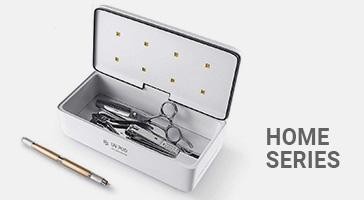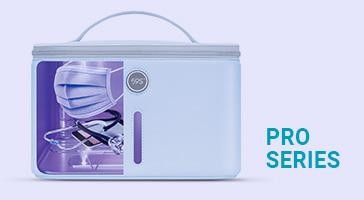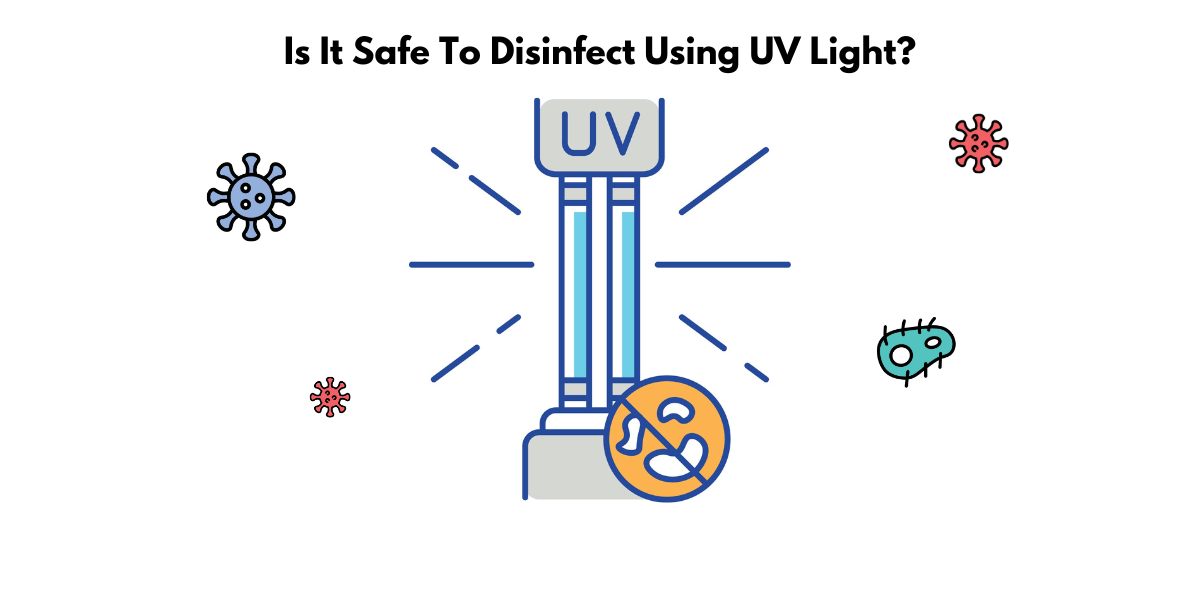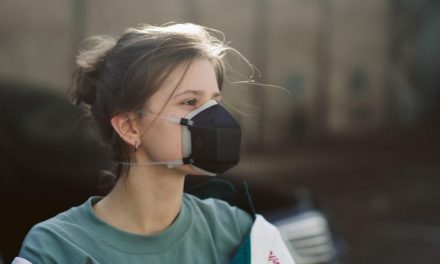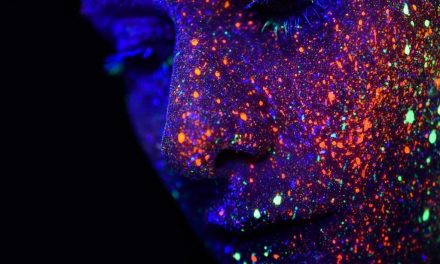Safe and Healthy Disinfecting UV Light
As the world continues to grapple with the outbreak of COVID-19, we are all looking for ways to keep ourselves and our loved ones safe. One method that has been gaining popularity is using UV light to disinfect surfaces and kill bacteria and viruses.
But is this effective? And more importantly, is it safe?
Let’s take a look at what the experts say.
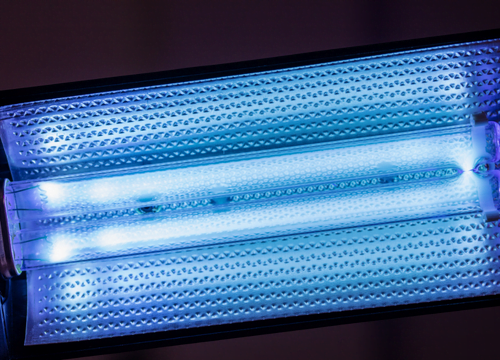
What is UV light?
UV light is a form of electromagnetic radiation. It is invisible to the naked eye and has shorter wavelengths than visible light. UV light can be harmful to humans and animals but can also be used to disinfect surfaces and reduce the spread of bacteria. UV radiation is a known disinfectant and is effective at destroying bacteria.
UV light is an invisible type of electromagnetic radiation to the human eye. It comprises two waves, UVA and UVB, which have different wavelengths. The shorter the wavelength, the more energy the waves have.
How effective is the safe, healthy disinfecting UV light?
UVC light is a type of ultraviolet light that effectively disinfect surfaces. It has the potential to minimize the spread of germs and help conserve cleaning materials. UV light is an effective way to disinfect surfaces because it can kill bacteria and black light virus on contact.
UV light is effective in killing microorganisms by breaking down their DNA. UV light lamp can be used to disinfect surfaces and prevent the spread of infection in various settings, such as hospitals, clinics, and other public places.
Is it safe to disinfect using UV light?
According to the reference, it is safe and effective to disinfect using UV light. However, it is important to be aware of the risks associated with using UV light, including burns to the skin. Different types of UV sanitizers are available, each designed for specific tasks. It is important to be careful when using sanitizers-especially on hands-and to follow the instructions carefully.
What are the dangers of UV light exposure?
We all know that too much sun exposure can be dangerous. But did you know that even small amounts of UV light exposure can be harmful?
UV light is a type of electromagnetic radiation, and it’s divided into three categories: UVA, UVB, and UVC. UVA rays are the longest and most common, penetrating deep into the skin. UVB rays are shorter and less intense, but they cause more damage to the skin’s surface. UVC light bulb rays are the shortest and most harmful, but they’re mostly absorbed by the ozone layer and don’t reach the earth.
Exposure to UV light can cause several problems, including sunburns, premature aging, eye damage, and skin cancer. And according to the World Health Organization (WHO), skin cancer is rising worldwide. It’s estimated that there will be more than 132 million new cases of skin cancer globally.
Ultraviolet (UV) light is a type of radiation that can cause skin cancer
Sun exposure is the main cause of UV radiation exposure. UVC lamp radiation is a known disinfectant and can be used to reduce the spread of bacterial diseases. However, UV radiation also destroys cells by damaging their DNA, which can lead to skin cancer. Therefore, it is important to use safe and healthy UVC light sources that require only 15 to 20 seconds over a surface to sterilize and disinfect.
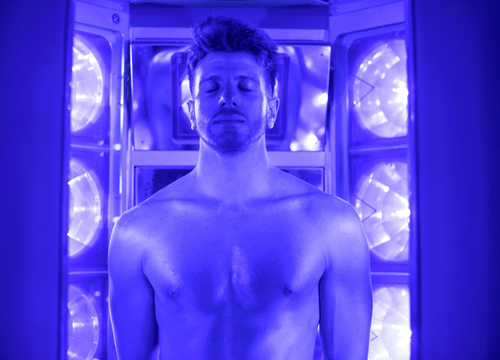
Exposure to UV light can also damage the eyes, nose, and throat
Exposure to UV light can be dangerous if it’s not used properly. Different types of UV sanitizers are available, and each is good for specific tasks. It’s important to wear protective gear when using UV sanitizers, especially around sensitive areas like the eyes and skin.
Exposure to UV light can also cause the skin to turn red, dry, and itchy
UV light can damage cells, causing them to break down. This can lead to skin irritation, burn-like symptoms, and even blindness.
Exposure to UV light can also cause the skin to blister
Exposure to UV light can be dangerous to the user and nearby people. The FDA has tested various handheld devices and found that many do not meet safety standards. Some UV sanitizer wand products give off an unsafe amount of radiation. Exposure to UVC radiation can lead to skin injuries, including burns and eye pain.
Exposure to UV light can also cause the skin to become wrinkled
Exposure to UV light can be dangerous, as it can damage DNA. UV wands are not safe and expose users to unsafe levels of radiation. There is no way to protect users from exposure to UV light. The FDA has determined that some UVC radiation wand products produce unsafe radiation levels. Exposure to UV light disinfection radiation can result in skin injuries, including burns and erythema. People close to the irradiated wand may also experience pain and irritation in their eyes.
Exposure to UV light can also cause the skin to become thin
UV light can cause serious damage to cells over time. Sunscreen can help protect against this damage and use a UV sanitizer.
Exposure to UV light can also cause the skin to become sensitive to the sun
Exposure to UV light can be dangerous, damaging cells and leading to cancer. Additionally, UV wands are unsafe and do not provide adequate protection from radiation exposure. There is no way to protect users from radiation exposure when using a UV wand, as the FDA has determined that some of these products emit up to 3,000 times more UV disinfection than the safe exposure limit recommended by the International Commission on Non-Ionizing Radiation Protection. Exposure to UVC radiation can cause severe skin injuries, including burns and an erythema reaction.
Exposure to UV light can also cause the skin to become brittle
The dangers of exposure to UV light include damage to cells and mutations, as well as potential skin burns or eye injuries from the high levels of radiation given off by some UV wands. The FDA has tested UV wands and found that they give off a range of radiation levels that could be harmful.
Exposure to UV light can also cause the skin to become discolored
Exposure to UV light can damage cells and lead to cancer.
How does UV light work to disinfect surfaces?
UV light is a type of light that can be used to disinfect surfaces. UV light waves can kill germs and viruses quickly and easily. The device is small and easy to use, perfect for disinfecting various surfaces. The device could reduce the spread of sickness within the family or population.
The safe and healthy UV C light is a device that uses UV light to disinfect surfaces. UV light kills bacteria and viruses on surfaces, reducing the chances of picking up an unwanted sickness. The safe and healthy UVC light is portable and easy to transport, making it a convenient way to sanitize multiple surfaces.
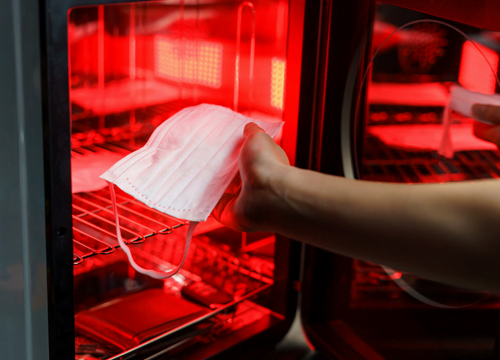
Are there any other methods of disinfecting that are safe and effective?
Yes, there are other methods of disinfecting that are safe and effective. The CDC recommends using a bleach solution to disinfect surfaces. You can also use alcohol-based products or hydrogen peroxide solutions.
Furthermore, other safe and effective disinfecting methods are UV light and a Samsung Electronics Wireless charger box. These two methods can get rid of bacteria and ecoli; however, they are not foolproof as there is always a slight chance that some bacteria may remain.
FAQs
Here are some of the most frequently asked questions about UV light.
What is the safe and healthy disinfecting UV light?
The UV light used in the Safe and healthy product is safe and effective for disinfecting surfaces. The UVC light kills 99.9% of bacteria and viruses on the surface, making it a great choice for those who want to keep their home or office clean and free of germs. The product is also compatible with many different types of surfaces, so you can use it on various materials.
UVC light disinfection is a type of electromagnetic radiation that has been shown to have germicidal properties, making it effective at disinfecting surfaces and killing harmful microorganisms. Safe and healthy UVC light is a compact and portable device that disinfects hard-to-clean surfaces like doorknobs, countertops, and keyboards. The wand unfolds into a powerful UV light when needed and can be stored away easily when not in use. UV light has the potential to disinfect surfaces more effectively than traditional cleaning methods, making it a valuable tool in the fight against the spread of germs.
Yes, its light is an effective disinfectant and can be used on all surfaces. It’s safe to use on all surfaces, including food contact surfaces. Additionally, it’s a cost-effective way to disinfect items.
Which is safer, UV or led?
UV light effectively kills germs, but it is important to choose the right product to ensure safety. The safe and healthy UVC wand is a reasonably priced option that kills germs effectively. Several other handheld UV lights are more expensive and may not be as effective when killing germs. This product may be useful for consumers in reducing the amount of disinfecting materials they need to buy.
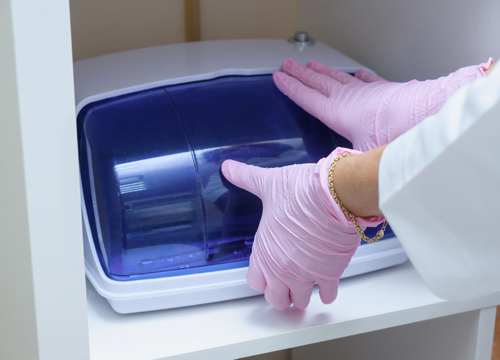
Are UV sterilizers worth it?
UV sterilizers are effective against various microbes, including bacteria and viruses. However, they may not be as effective as industrial sanitizers. Personal UV sterilizers are typically less powerful than industrial UV sanitizers. The EPA has not confirmed claims by companies selling personal UV sterilizers. There is no way to know how effective UV sanitizers are, and they may not be as effective as they seem.
Can bacteria become resistant to UV light?
Bacteria can become resistant to UV light, but it is a great disinfectant. UV sanitizers designed for personal use may not be as powerful as those used in hospitals because the energy emitted from UV bulbs has to be low for them to be sold for personal use. Personal UV sanitizers are not as effective as industrial UV sanitizers, and their bulbs will eventually decay.
Is UV light better than boiling water?
UV light is better than boiling water at destroying viruses and bacteria. UV sanitizers are designed to disinfect a wide range of surfaces, from shouldn’t to jewelry to stuffed animals. However, sanitizers shouldn’t be used on hands (or the skin on any other part of your body), as UV light can harm human skin.

